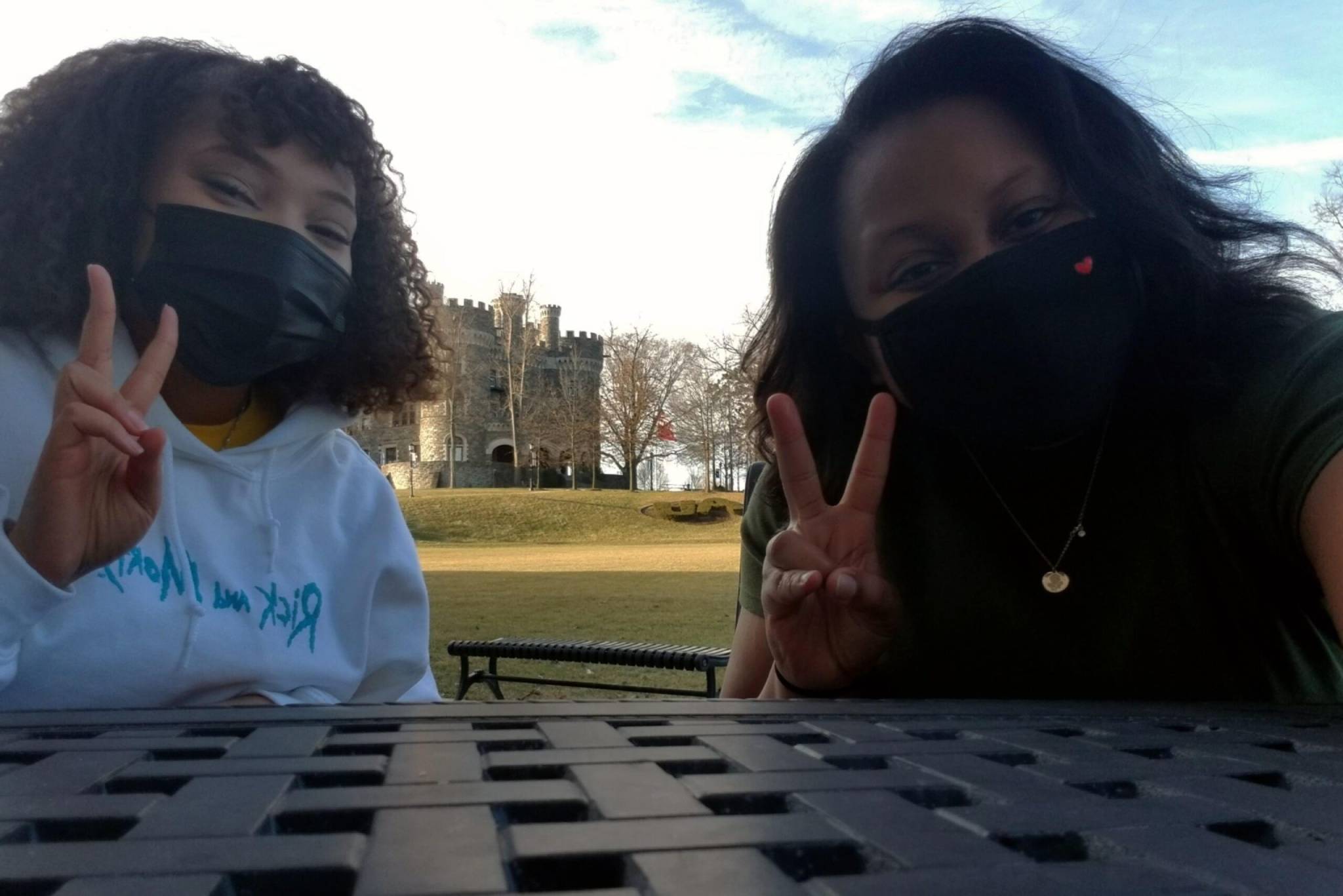What Diversifying Education Means to Me
I grew up learning in the Philadelphia School District. If you weren’t at a private or archdiocese school, you unfortunately weren’t given the upper hand—or more specifically, the resources that you deserved. You had to look for those resources yourself; you had to find those teachers that were going to be there for you and actually cared about your success; and you had to make your own connections. That’s not the way it should be.
The Social Action & Justice Education (SAJE) Fellowship was a sort of call to action, to bring more students of color into the education field and to educate more students in our communities about the fulfillment of being an educator…
– Daijah Patton
When I moved from the city to the suburbs of Chester County, I noticed a drastic difference in how education was taught, the resources that were available, and the motivation of the teachers. I realized after a while that something was failing in our education system. On one end of the spectrum, I was learning through outdated textbooks, from some teachers who didn’t give a crap about where I ended up; and on the other side, I was learning quite aggressively from teachers who didn’t look like me or didn’t try to represent me in their teachings. I saw money for brand new sports facilities and arts amenities, and through all this I wondered if there was ever going to be a middle ground between it all.
Last January, I received an email from one of my professors, Dr. Marc Brasof, inquiring if I and a couple other students in our Secondary Education program would be interested in collaborating and being part of a leadership team focused on social action and justice education. This team was filled with staff representing various offices on campus, faculty in the School of Education and beyond, and many other campus partners. The Social Action & Justice Education (SAJE) Fellowship was a sort of call to action, to bring more students of color into the education field and to educate more students in our communities about the fulfillment of being an educator, while also continuing to diversify education with activism and more representation of all groups.
We sent the information to our campus partners and high schools in the tristate area right before the pandemic turned our world upside down, and we were fortunate enough to accept nine fellows into our first cohort! I have been able to get to know these amazing students and aspiring educators through my role in orientation planning, and now serving as one of our SAJE mentors for the spring semester. This semester, I work alongside two other fantastic mentors, and I am mentoring three of our fellows: Amani Harris ’24, Jakya Barnhill ’24, and Emily Rodriguez ’24. Every other week I meet with them individually to talk about their academics, sharing educational opportunities and events going on in the Arcadia community. And sometimes we just vibe and talk about our interests and life.

I am so humbled to get to know these empowering women of color, because it reminds me of the impact that they are going to have on their communities as educators some day. This work that the SAJE Fellowship continues to do is what drives me to be the teacher that I want to be. It makes me proud to know that I am not alone in understanding the faults within our education system and that some of us are actively trying to make it inclusive, accessible, and meaningful for all students.
If you would like to learn more about the SAJE Fellowship or know seniors in high school who would be interested in applying for the program or as a mentor, visit our webpage and follow the SAJE Instagram page run by the fellows for updates on our program!



